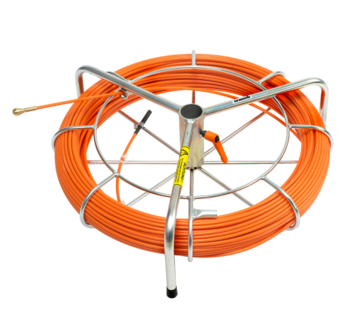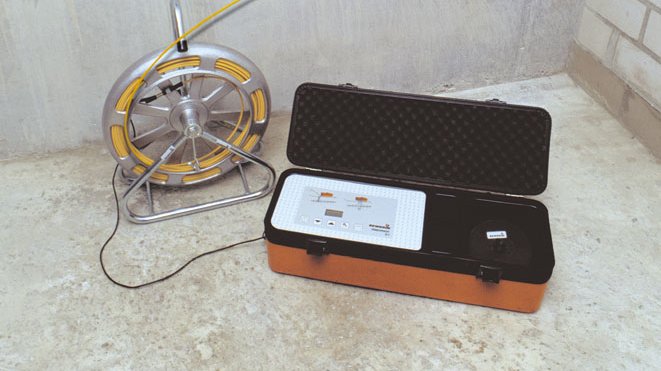
Precise localisation of non-metallic pipes in gas, water and wastewater networks
SEWERIN's fibre optic probe systems enable the precise location of non-metallic pipes - even under demanding conditions. The copper strand integrated into the fibre optic rod allows the exact route of the pipe to be determined using the UT 9200/9100/930 and UtiliTrac locating systems. Supplemented by different locating transmitters, the end points of the fibre optic probes can be detected with pinpoint accuracy at depths of up to 18 m. Whether locating gas, water or waste water pipes - the fibre optic probe systems deliver reliable results and ensure maximum safety in network operation.
Product description
Precision and flexibility for locating underground cables
- Reliable location of non-metallic cables thanks to conductive fibre optic rod with integrated copper strand
- High-precision end point determination with different locating transmitters (up to approx. 18 m depth)
- Two variants for different requirements:
- GFS: 100 m length, 6 mm diameter
- GSK: 60 m length, 4.5 mm diameter - ideal for small cable radii - Robust reel construction (Ø 55 cm or 45 cm) for convenient handling in the field
- Optional sluices for use in pressurised water service pipes
- Compatible with the UT 9200/9100/930 and UtiliTrac locating systems for maximum system versatility

